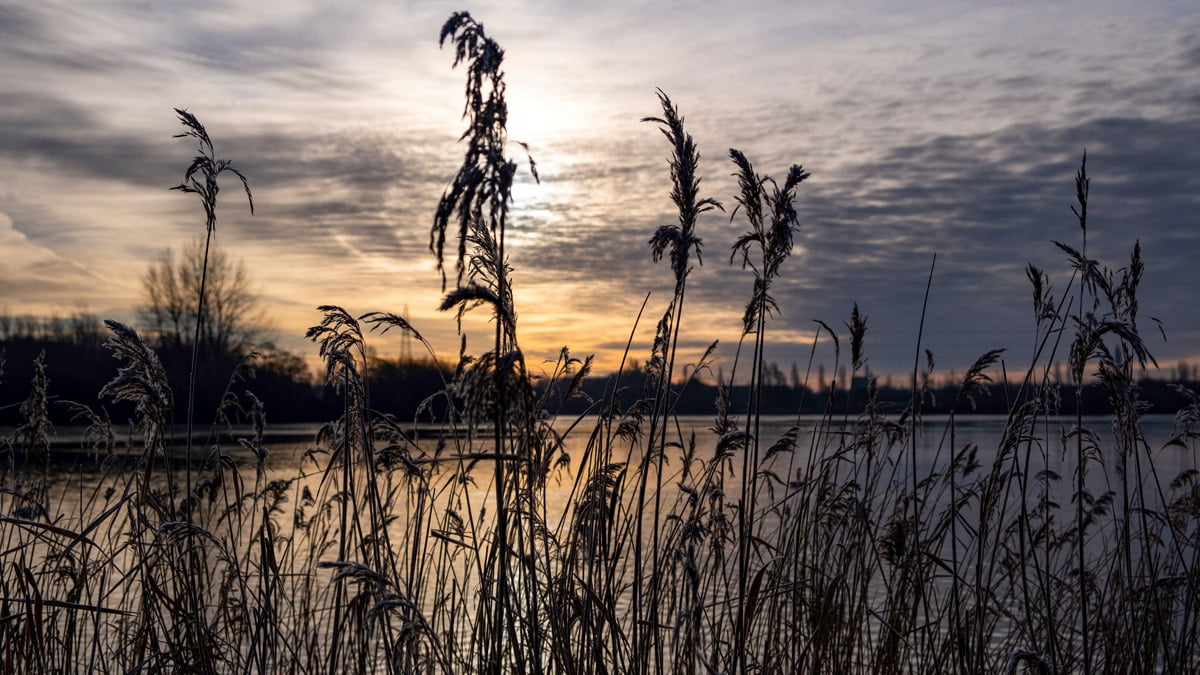We are currently working to restore a 500-meter stretch of a tributary of the River Mease, a river we know closely.
Thanks to its semi-natural meandering course and the rare Spined loach roaming in stretches of loose, fine sediment, the Mease is a protected Site of Special Scientific Interest and Special Area of Conversation. Moreover, a small, but mighty, army of volunteers has been removing invasive, non-native Himalayan balsam from the river.
For us, this new Environment Agency-funded project builds on years of conservation and monitoring work, including natural flood management, river reprofiling, creation of spawning habitat and creating a large-scale pollution-intercepting, wildlife-attracting wetland area. There is still a lot more to be done, but for the next few weeks, our focus lies on Culloden Farm.
The dairy farm, complete with a home-made ice-cream shop, recognises the value of a healthy river at its doorstep. Thanks to the farm’s support, two ditches, designed to drain water quickly, will be replaced with a stream that is largely left to find its own path.
Providing water with the space to move freely creates a messier, more complex habitat that can settle out pollutants and create new niches for wildlife to settle. For the farm, this ambitious project provides an opportunity to not only attract wetland birds, such as the reed bunting, and the threatened sedge warbler, but also people who appreciate them (and ice cream).
Now that the work is kicking off, we’re looking to create shallow river channels that encourage water to spill into its floodplain, creating a much-needed wetland area. We will then block off the two ditches and direct the water into a new, much wigglier river channel.
Over time, riparian vegetation will establish and intercept excess nutrients and pollutants from entering the stream. This will improve water quality and have a knock-on effect on the remaining river system. Having monitored phosphate levels for a year leading up to the project taking place, we will also be able to see how effectively the restored river channel absorbs the excess nutrients.






